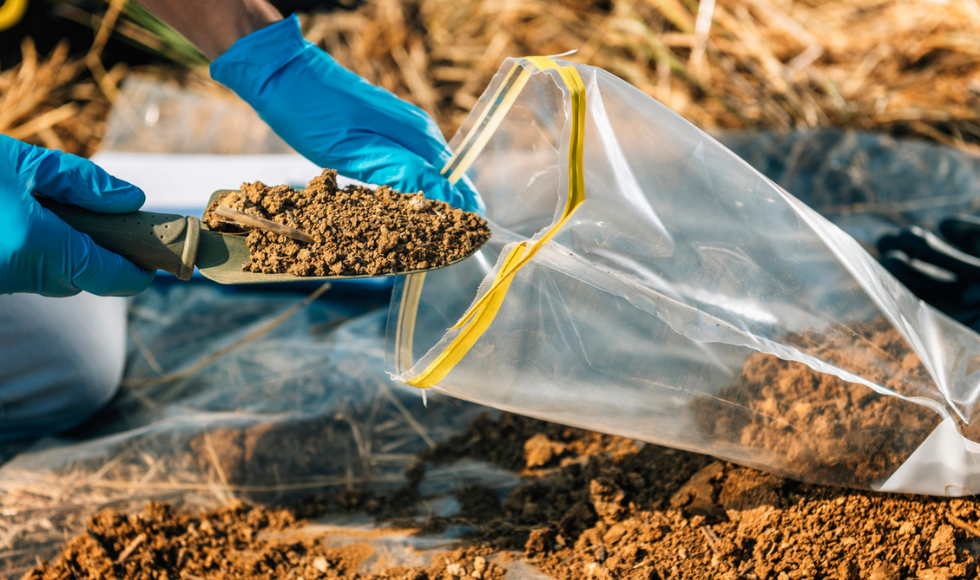Researchers uncover new information about ancient Maya settlements in Mexico and Guatemala

New research co-led by a McMaster researcher Shanti Morell-Hart offers fresh insights into patterns of settlement, agricultural infrastructure and economic practices in ancient Maya settlements.
BY Meghan Johnston
January 21, 2022
A team of researchers is using modern tech to uncover new insights into settlement patterns, farming and economic practices of ancient Mayan settlements dating back more than 1,000 years.
Using high-resolution airborne light detection and ranging technology (LIDAR), researchers analyzed large sites in the Upper Usumacinta River basin of Mexico and Guatemala to uncover ancient dams, irrigation channels and other patterns formed by farmers centuries ago.
“This is the first research study to really dive into the LIDAR data and explore the relationships between where people were living, their agricultural strategies, and how they managed the landscape,” says Shanti Morell-Hart, an associate professor of anthropology at McMaster and co-author of the study, which was published in the journal Remote Sensing.
“Through new types of LIDAR data analysis, as well as previous ground-based archaeological analysis, we were able to see very clear, distinct ways of settling and developing the landscape.”
Researchers uncovered divergent patterns of agricultural infrastructure and variable settlement patterns across the upper Usumacinta River basin.
Communities carefully tailored their infrastructure to local topographic and hydrologic conditions, building check dams, terraces, and extensive irrigation channels.
These features are usually hidden to the naked eye by thick vegetation but can be revealed through LIDAR technologies and specialized data analysis.
Researchers found that different patterns of agriculture molded to different geographies not only generated higher crop yields, but permitted surplus that could be used for tribute, taxation and market exchange in the dynastic centres.
The larger cities could have been supported by settlements immediately around them, instead of relying on distant, rural settlements to supply their food. Researchers also noted that given the abundant surface and subsurface water in this part of the Maya lowlands, centralized water control never emerged as it did in other kingdoms.
“What we were able to uncover really challenges traditional models of political control over agriculture,” says Morell-Hart.
“More and more research points toward not ownership over land, but ownership over production rights. Local farmers and communities had much more control over how to conduct their own agricultural production. We see this across the region in the very different ways that they managed their landscapes and grew their crops.
“There was no ‘one-size-fits-all’ infrastructure package forced onto them by local rulers.”
In another critical finding, the study suggests that this region did not experience the same resource stress faced by other major Maya centres during the Classic Period.
These findings have contemporary implications, including new insight into what people at the time were growing, and how that could contribute to present day sustainability practices.
“For my research team, this is the end goal,” says Morell-Hart. “How can we use this research to inform contemporary agricultural production or sustainability practices? How can we look past typical crops like beans, corn, and maize, to buffer agricultural risks?”
Morell-Hart and her research team will continue to have conversations with local stakeholders to identify likely best practices of the deep past, and to consider viable, good options for the future based on various needs.
The next phase of the project, supported by an Insight grant from the Social Sciences and Humanities Research Council, will include a deeper dive into ancient agricultural practices.
Morell-Hart and her team will conduct additional excavations in upcoming field seasons to recover botanical residues from ancient artifacts, fields, and trash pits. They will collaborate with several researchers from other universities, including who are tracking warfare, water management, and the origins of Maya cities.


